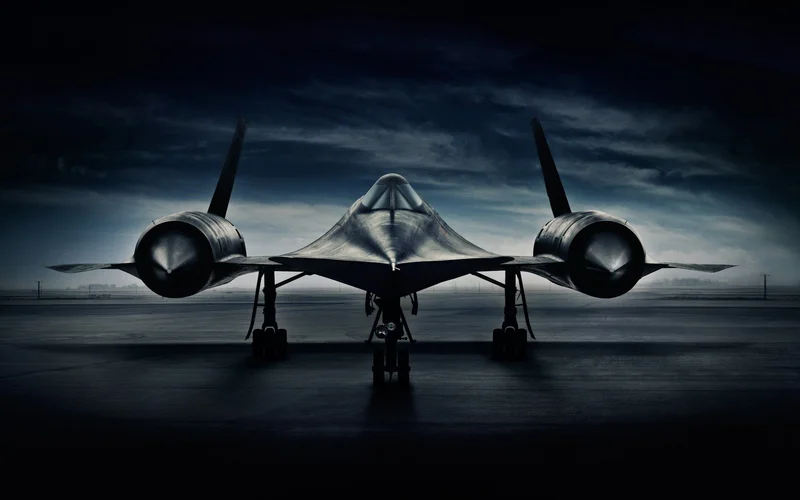XLM Insight | Stellar Lumens News, Price Trends & Guides
XLM Insight | Stellar Lumens News, Price Trends & Guides
We see the headlines, and they’re staggering. Nearly 300 new F-35s in a single contract. A $647 million deal for Trident II missiles. These are numbers so large they almost lose meaning, becoming abstract symbols of industrial might. They represent the bedrock of modern defense—the powerful, reliable, and very visible engine that drives global security. This is the Lockheed Martin we know: the world’s largest defense contractor, a behemoth of engineering that builds the machines defining air and space dominance today.
And if you look at the financials, you might see a company that, like any champion, sometimes takes a punch. I read one analysis, Why Investing $5,000 in Lockheed Martin Stock Today Might Just Be a Brilliant Move, that compared `Lockheed Martin stock` to Rocky Balboa after a rough quarter, facing a $1.6 billion write-down. The stock was down, and the narrative could have easily been one of a giant stumbling. But that’s where most people stop looking. They see the quarterly report, the stock price, and the F-35s rolling off the assembly line in Fort Worth. They see the engine.
But they’re missing the ghost.
What that analysis rightly pointed out is the comeback story. A jaw-dropping $166.5 billion backlog. A dividend that has doubled in a decade. This isn't a company on the ropes; it's a fighter catching its breath between rounds. And here’s the insight that I think gets lost in all the financial talk: that massive, steady stream of revenue from proven programs like the F-35 isn't just about building more of the same. It’s the fuel for something else entirely. It’s the funding for the quiet, revolutionary work happening in the shadows, at legendary places like the `Lockheed Martin Skunk Works`. It’s the price of entry for inventing tomorrow.
Out in California’s Mojave Desert, at the Helendale Radar Cross Section Test Range, someone with a long lens captured a Mysterious Object Spotted At Lockheed Martin’s Helendale Radar Cross Section Test Range. It wasn’t a finished `Lockheed Martin aircraft`. It was a shape. A dark, diamond-like, manta-ray form mounted on a pole, being rotated under the desert sun. When I first saw the footage, I honestly just sat back in my chair, a huge smile on my face. This is the kind of breakthrough that reminds me why I got into this field in the first place.

For the uninitiated, a Radar Cross Section (RCS) range is where engineers perfect the art of invisibility. It’s a facility designed to measure how an object reflects radar waves—in simpler terms, it’s where they figure out how to make something disappear from an enemy’s screens. The shape they were testing doesn’t match any known aircraft. It’s alien. It’s a whisper of a design that might not see the light of day for another decade, or two.
This isn't just a piece of metal on a stick, it's a physical question mark being held up against the sky, a tangible piece of a future that is being actively prototyped right now and it makes you wonder what else is just beyond our view. Is this a next-generation unmanned `Lockheed Martin drone`? A component for a hypersonic vehicle? Or a concept for the fighter that will eventually replace the F-35? We don’t know. And that’s what makes it so thrilling.
This is the ghost in the machine. While the production lines churn out the F-35—a marvel of 5th-generation engineering—the visionaries at Skunk Works are already sculpting the 6th, or even 7th generation. This is a historical parallel we’ve seen before. It’s the equivalent of the world celebrating the perfection of the propeller-driven P-51 Mustang in 1945, completely unaware that in secret hangars, the first jet engines were already screaming, preparing to render the old technology obsolete overnight. That strange shape in the desert is the modern-day equivalent of that first, secret jet engine test.
Of course, with this kind of power comes an almost terrifying level of responsibility. The technologies born in these secret places have the power to reshape the world, to deter conflict, or to escalate it. It’s a fine line to walk, and it demands not just brilliant engineering, but profound wisdom. What new paradigms of security will these creations demand of us?
The contracts for today's jets and missiles, the steady performance of `Lockheed Martin stock`, the global logistics network—it’s all part of a single, massive ecosystem designed to do two things at once: maintain the peace through strength today, and quietly build the technology that will redefine what "strength" even means tomorrow. The engine pays for the ghost. And right now, that ghost is starting to take shape.
Let's be clear. The public contracts and the stock market valuations are just the surface story. They are the visible, measurable part of an equation whose most important variable is hidden. The real narrative isn't in the quarterly earnings call; it's in the silent, shimmering heat of the Mojave Desert. That mysterious shape isn't just a test article; it's a declaration of intent. It tells us that while the world is busy buying today’s cutting-edge technology, the minds at Lockheed Martin are already living in the future, and they’re sending us back tantalizing, blurry postcards. We’re not just watching a company build machines; we’re witnessing the very blueprint of the next era being sketched out in secret.